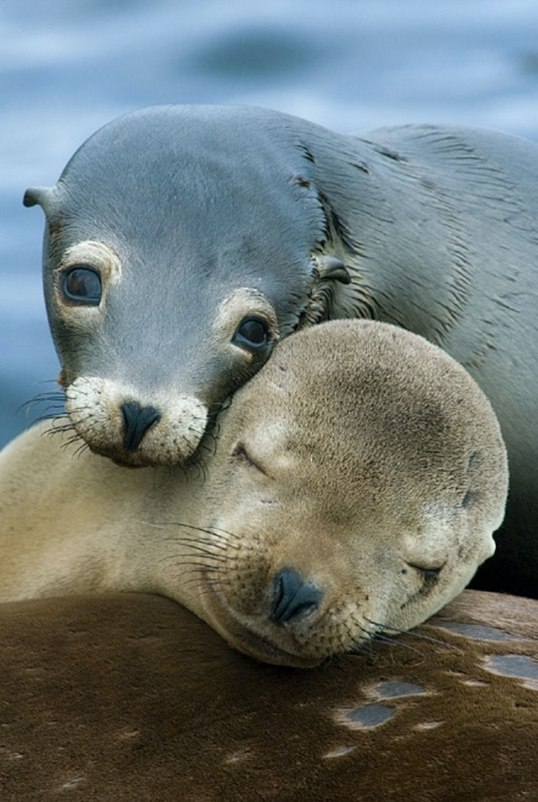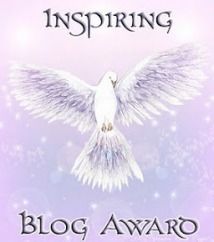Christmas Bilby
A baby bilby boy has been born in time for Christmas at the Ipswich Nature Centre in Queens Park, Queensland. The Bilby is a symbol of Hope in Australia.
The Bilby and its struggle for survival is symbolic of the plight of many of Australia’s small native animals. It has been suggested that Australia adopt the Bilby as the wildlife symbol of Easter in Australia. Hence chocolate Bilbies are around at Easter time. See this link here.
The World Wildlife Fund says:
The bilby is an important ecosystem engineer. It’s an excellent digger and so many other species reap the rewards of its hard work. When bilbies aren’t living in their complex burrows, which can be up to three metres long and two metres deep, other animals like insects, reptiles, birds and small mammals take up residence. The burrows provide vital shelter from predators and high summer temperatures.
Bilbies might be small but they punch well above their weight. They can shift more than 1.5 tonnes of soil per kilogram of body mass in a single year as they construct and maintain their subterranean homes.
https://www.wwf.org.au/what-we-do/species/bilby#gs.0NLKAHI
For more information and photos of this Bilby (who is yet to be named) please go to the Ipswich Nature Centre website.
Bilbies, or rabbit-bandicoots, are desert-dwelling marsupial omnivores; they are members of the order Peramelemorphia. At the time of European colonisation of Australia, there were two species. Bilbies now occupy only about 15% of Australia’s landmass. There were originally two species but the Greater Bilby (Macrotis lagotis) is now commonly referred to simply as ‘the Bilby’ as the Lesser Bilby (Macrotis leucura) is thought to have become extinct in the early 1950s.
Class: Mammalia
Order: Peramelemorphia
Family: Thylacomyidae; Bensley, 1903
Genus: Macrotis
Species: lagotis
Did you know: Previously more widespread, the bilby is now only found in remote parts of western Queensland, the Northern Territory and Western Australia. savethebilbyfund.com
Good information about Bilbies can be found at the webpage below.
https://www.bushheritage.org.au/species/bilby
For information about the Vulnerable status of this mammal, by the IUCN, click on the link below.



















You must be logged in to post a comment.